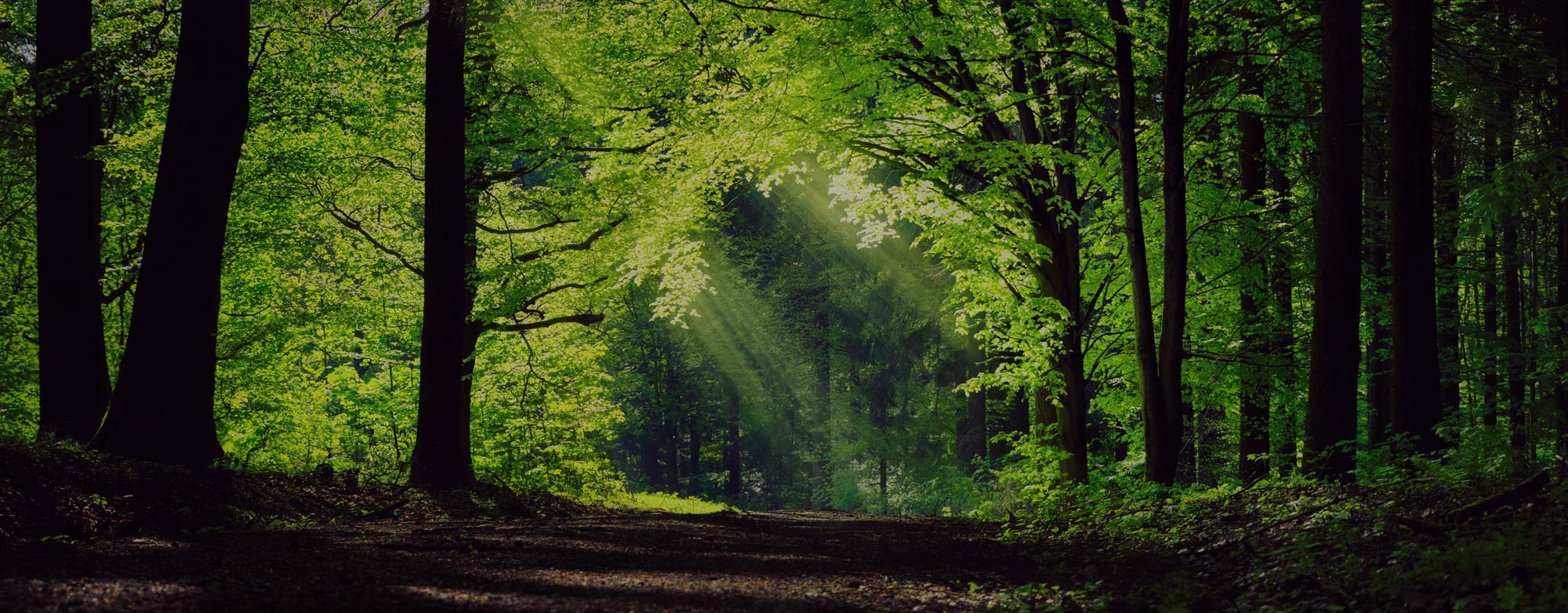
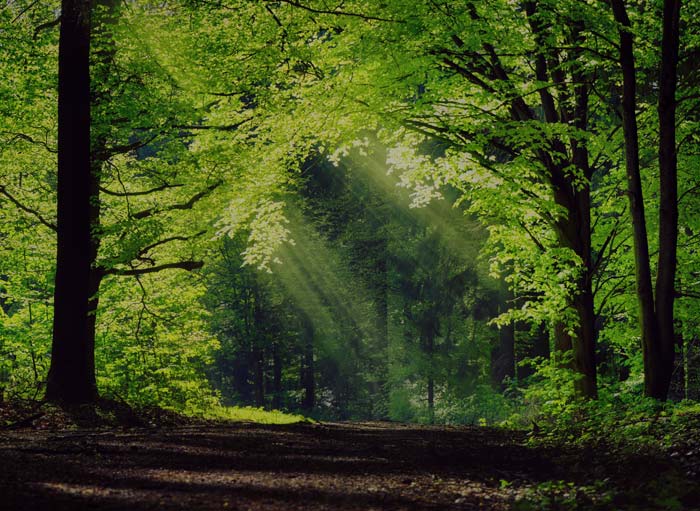


They come in all shapes, sizes, flavours. They can be found in almost every corner of the world. Some have been used for thousands of years to cure ailments. Some were even key to ancient civilisations and used in elaborate ceremonies. Without them gin wouldn’t be gin. We are of course talking about botanicals. Without juniper would gin be gin? No. Thanks to Mother Nature the range of botanicals available and opportunity to innovate are almost endless when you consider potential flavour combinations.
In Beautiful Botanicals, we learn about some of the key botanicals that Scottish Gin makers and brands consider to be one if not ‘the’ botanical that they feel makes their Scottish Gin shine. In this latest episode, we talk Kumquats with Shoogle Spirits, Sumac with Farmhouse Gin, Ladies Bedstraw with Tyree Gin, Beech Leaves with LBD Gin and Carrageen Seaweed with Isle of Barra Distillers.
Kumquats – Shoogle Scottish Gin
Kumquats can be harvested from a group of small fruit yielding trees that form part of the Rutaceae family. About the size of a large grape, Kumquats combine sweetness, citrus and tart notes; a cross between an orange and a lime. It’s this flavour where the name Kumquat is derived from; in Chinese it translates as the ‘golden orange’, although there are a number of other species including Morgani kumquat, Nagami kumquat, Meiwa kumquat, Hong Kong kumquat and Fukushu kumquat.
Native to China, the Kumquat has been around since at least the 12th century where it appears in a variety of documents and writings including Imperial literature from the 12th century. The plants are relatively easy to cultivate and can now be found in Japan, Taiwan, India and the Philippines. London Horticultural Society collector Robert Fortune introduced the plants to Europe in 1846 after a three year plant collection expedition to southern China. Shortly after this time, Kumquats were also brought to North America. The peel, like other similar citrus fruits, is where most of the flavour, aromas and taste compounds are found with Kumquat peel made up of 93% limonene; the oil thats gives citrus fruits their sharp and zingy aroma and taste.
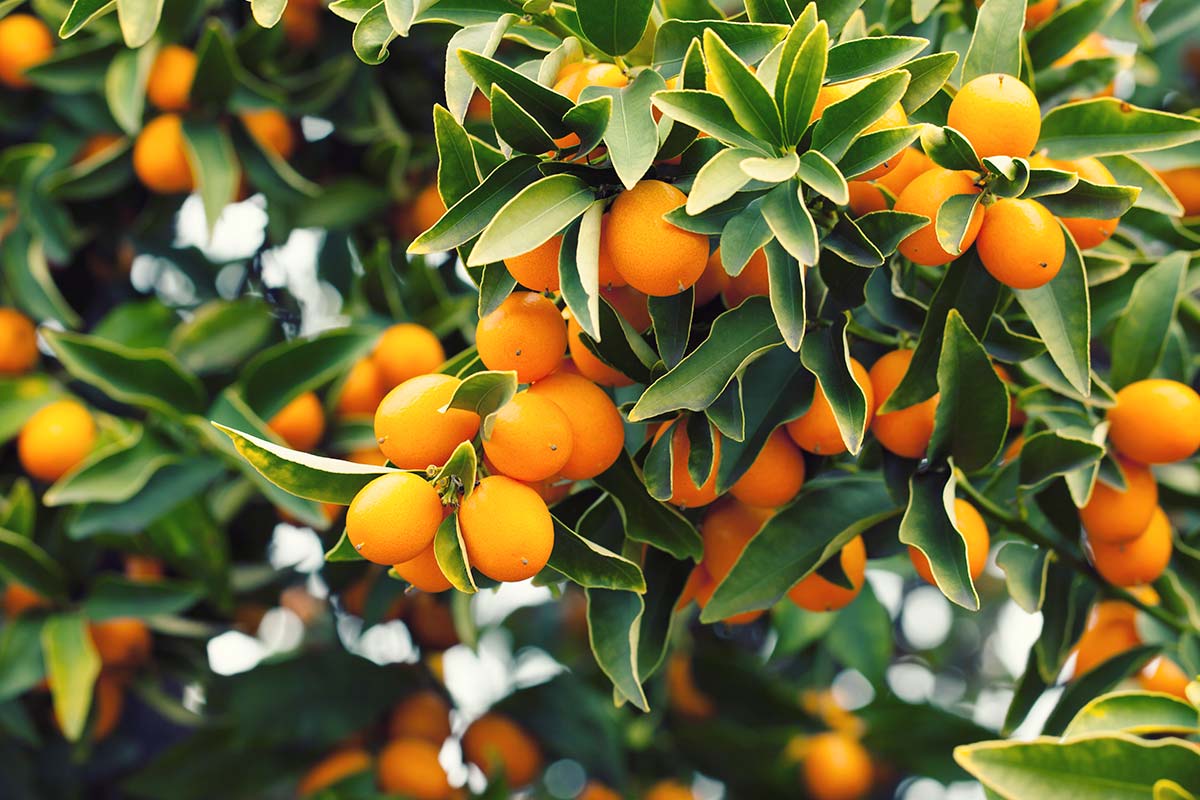
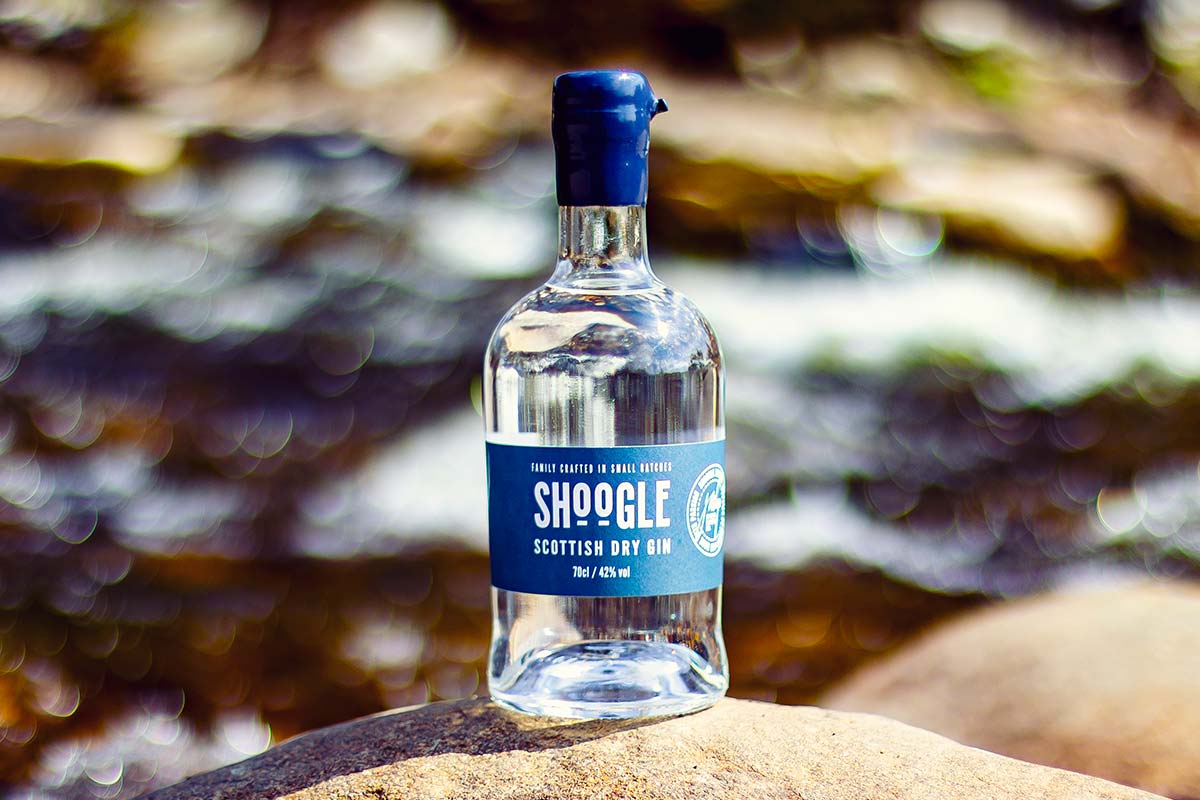
“When we set about creating Shoogle Gin, we went through hundreds of iterations, trying a huge variance of botanicals and mixtures to give us a profile we really liked as a family. We knew we wanted something with a bias towards citrus, with a bit of a spice and earth notes chucked in for good measure. With this in mind, we set out to find our ingredients from a number of sources.
Initially, as a Scottish Gin, we had an ambition to use as many locally foraged ingredients as possible, but a hike up to the Pentlands, getting lost for two hours and only having a small cupful of botanicals to show for our nettle stings was enough to suggest we should look wider. So we turned to a local family greengrocer – John Logie – who had been really badly affected by the pandemic. Much of John’s business was to restaurants and cafes in and around our local area. When lockdown started, his family business was massively impacted and he quickly turned to home deliveries as a way to stay afloat. Thankfully for us, this is how he came to advise of us the humble kumquat (coom-quat) during a routine veggie drop off.
“Kumquats are about the size of large cherry tomatoes and have a sweet citrus peel with a sherbet lip-puckering interior. They are amazingly balanced little bundles of citrus that work incredibly well with our other botanicals in Shoogle Gin to give an almost tangerine like sweetness with an unmistakable citrus zing. We use them fresh in our gin, halving them and putting them directly into the vapour path to transfer the flavour over without overly exposing them to heat. As far as we are aware, we’re one of the only gins using kumquats as a key botanical and really do rate them as a hero ingredient for us.”
Chris Payne, Shoogle Spirits
Learn more about Shoogle Spirits here.
Sumac, Farmhouse Gin
Sumac can be found in all areas of the Mediterranean, particularly southern Italy and Sicily and it’s recognised by chefs for its fragrant lime and lemon tartness and can be added to any number of recipes to provide an extra layer of flavour and aroma. In its purest form, it grows as small red berries on small shrubs and trees that form part of the Anacardiaceae family of plants, more commonly recognised as the cashew family; the same plants harvested for cashew nuts. As the berries mature over summer, they open up and eventually form bright red clusters. The berries are harvested before they ripen, are dried and crushed to create a sumac powder, which can be used for cooking.
The crimson, tangy spice created from the berries has been used in a variety of drinks and culinary dishes across many countries including the middle east. The sumac powder can be added to salads providing a lemon zest taste and is even used to create a pink lemonade, with the lemon flavour and red colour adding the pink hue. In North America, Native Americans used the clusters of flowers and combined these with their smoking tobacco along with using the wood from the shrubs to produce their smoking pipes.

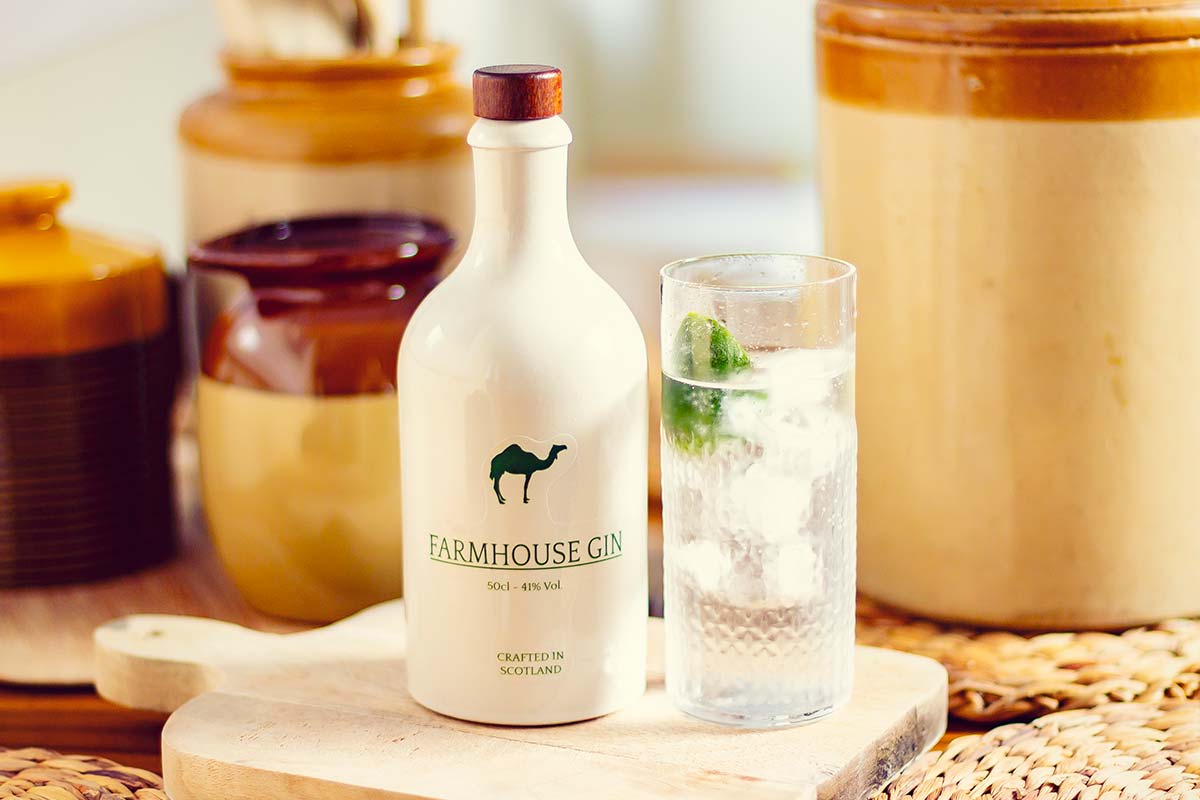
“We discovered sumac for using in our London Dry when we were researching various herbs and spices commonly found in Middle Eastern cooking. We knew we wanted a strong tasting and fairly unused botanical to give us the link to our time in Dubai we were looking for and we thought what better place to look than a cookbook!
“We love Middle Eastern cooking, in particular Lebanese food due to it always being packed with big bold flavours with a real emphasis on seasonings to elevate dishes. It turned out we’d eaten our fair share of sumac over the years as it is the fine red dust that is typically served on top of bowls of hummus; something we’ve always loved with freshly cooked breads and grilled meat.
“The flavour profile of sumac fitted exceptionally well within what we were looking to achieve with our first Farmhouse Gin. We wanted our gin to be a classic London Dry with an emphasis on it having a crisp citrus edge – we imagined drinking a G&T on a hot summer’s day and worked backwards from that! Sumac brings this citrus element that pairs well with our orange and lime; it’s also not as sharp as lemon and it adds a warmth as a secondary note, which we feel binds the whole drink together and makes an exceptionally balanced gin.”
Lewis Mallen, Farmhouse Gin
Learn more about Farmhouse Gin here.
Ladies Bedstraw – Tyree Gin
A common sight across meadows and coastlines, Ladies Bedstraw flowers create paths of yellow flowers from June to September, filling the air with their sweet scent. The plant got its name because it was once used as bedding material for filling mattresses. Thanks to its soft and springy quality, plus the lovely honey-like aromas of the flowers, it made for bedding that not only provided a comfy night’s sleep but also kept any dwelling smelling fresh.
The plant can be found across mythology and in the production of cheese. In Norse mythology, lady bedstraw was given as a sedative to women in labour, whilst the goddess of married women Frigg watched on. The plant was known in Norse as ‘Friggs Grass’. The flowers were also used to coagulate the milk in cheese and in Gloucestershire, the colour from the flowers was extracted and used to add additional colour to Double Gloucestershire Cheese.

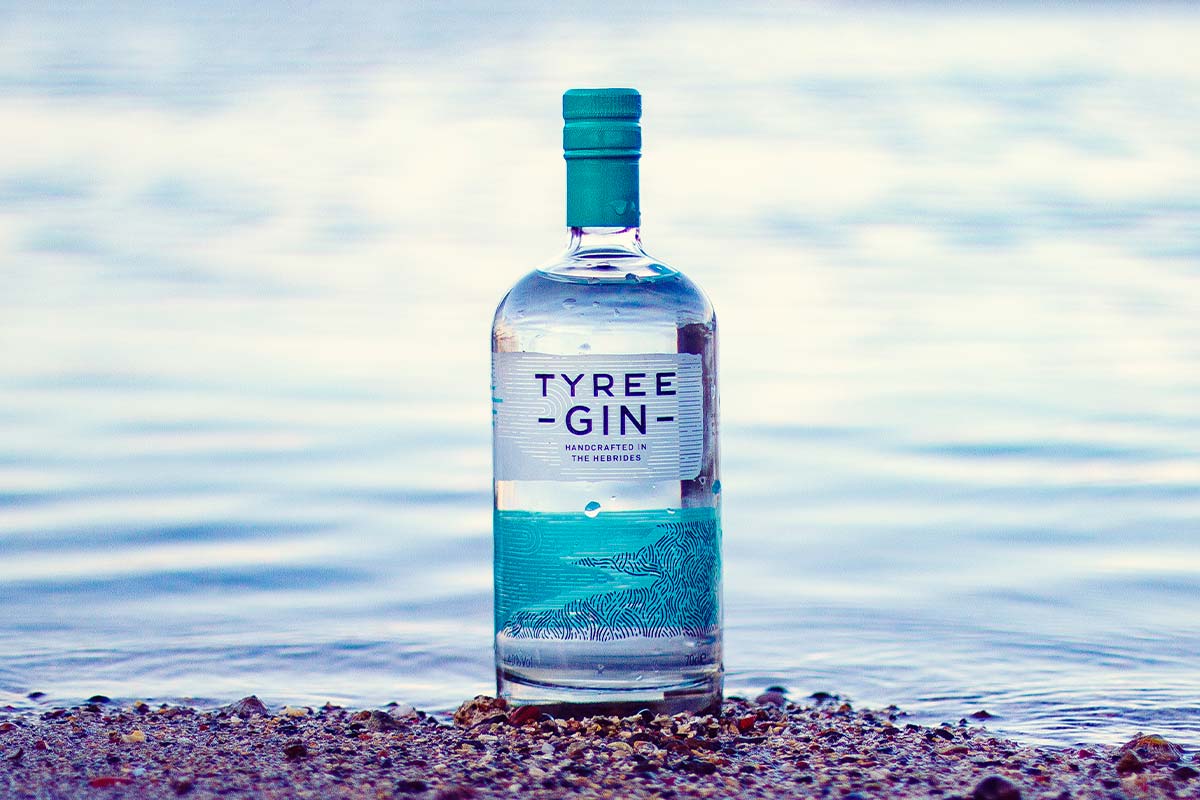
“When we first researched the idea of producing a local gin, we looked at some of the local botanicals available to us here in Tiree, one of which is of course, Ladies Bedstraw. Alain’s family has been crofting on the island for generations and he had a basic knowledge of some of the botanicals that grow in Tiree and their historical uses so this helped inform the choices for our final recipe.
“Our Ladies Bedstraw is collected from the island’s machair ground and is one of six locally sourced ingredients that we use to flavour our gin. Machair is low-lying arable or grazing land formed near the coast by a combination of soil and sand. This type of land is unique to Scotland and makes up around a quarter of the island.
“With help from his family, Alain collects the Ladies Bedstraw in the summer and we leave it to dry naturally in Tiree’s famous sunshine (the island has the most sunshine hours on average in the UK!) Once dried, it is added to a bag with the 12 other botanicals and steeped in our spirit before being distilled to produce Tyree Gin.
“From the outset, we have always wanted to use Tiree ingredients wherever possible so with Ladies Bedstraw being one of those, we feel it is special in providing that ‘taste of Tiree’, which we strive to create.”
Ian Smith, Tyree Gin
Learn more about Tyree Gin here.
Beech Leaves – LBD Gin
A prominent feature in Celtic mythology, the Beech tree is recognised as a symbol for the goddess of nature. Mother of the woods, queen of the forest; if you’ve encountered an ancient beech tree it’s easy to understand why these majestic trees were seen as sacred symbols. A prominent feature across the many native woodlands, Beech trees can grow to more than 40 meters in height and the trunk can grow more than 6 meters in width. The canopy, when in full growth, can stretch over 18 metres, allowing very little light through to the forest floor. Combined with their sheer size and the fact the trees can restrict the light reaching the forest floor, some people say that Beech trees can create an eerie, gloomy feeling if you find yourself wondering through the shadows they cast.
Some trees grow to more than 250 years old, with some species under the right conditions, living to be more than 400 years old, so ancient trees often grow to form part of local folklore. The Gallows Tree near Monikie village in Angus, The Kissing Beech at Kilravock Castle, The Seven Men of Moidart and more, are just some of the famous Beech trees that can be found across Scotland.
The beech trees natural habitat stretches from Sicily in the south, to Sweden in the north, and covers a large proportion of Europe. The leaves are a vivid bright lime green in spring when they first begin to grow and unfold, before turning a darker green in summer and eventually a golden copper in autumn.
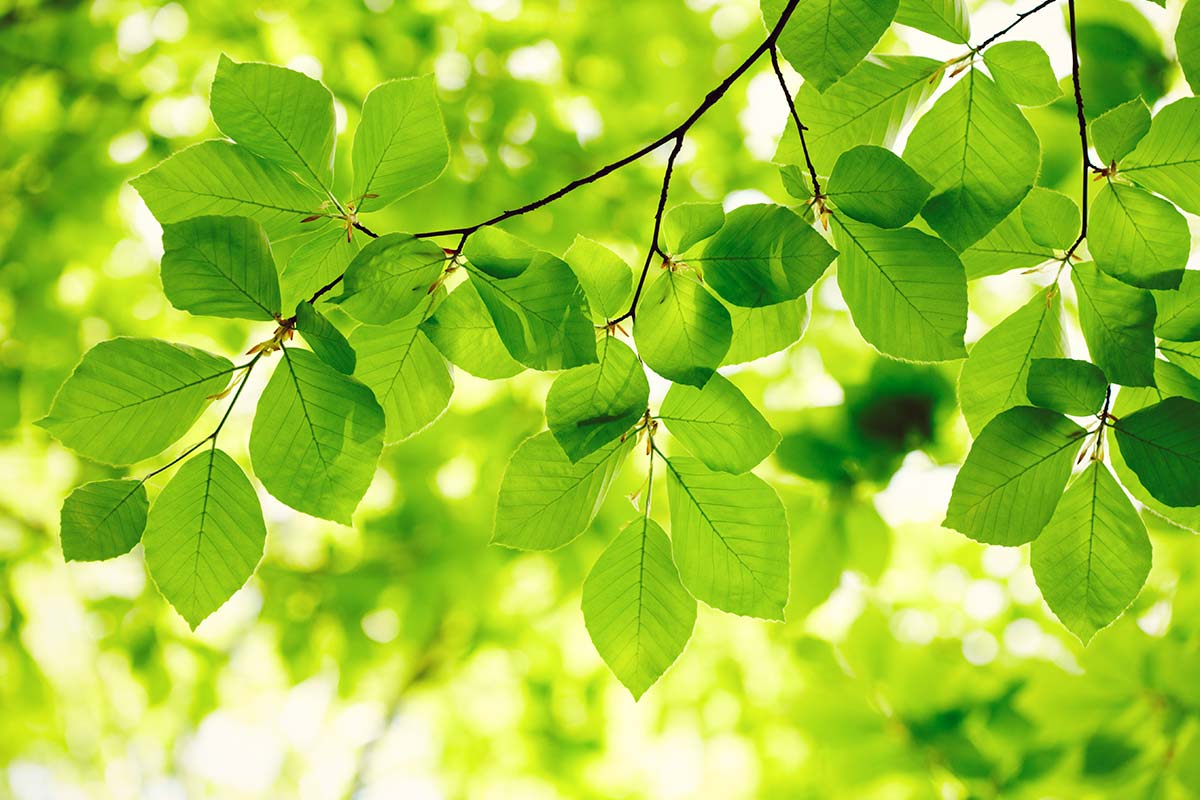
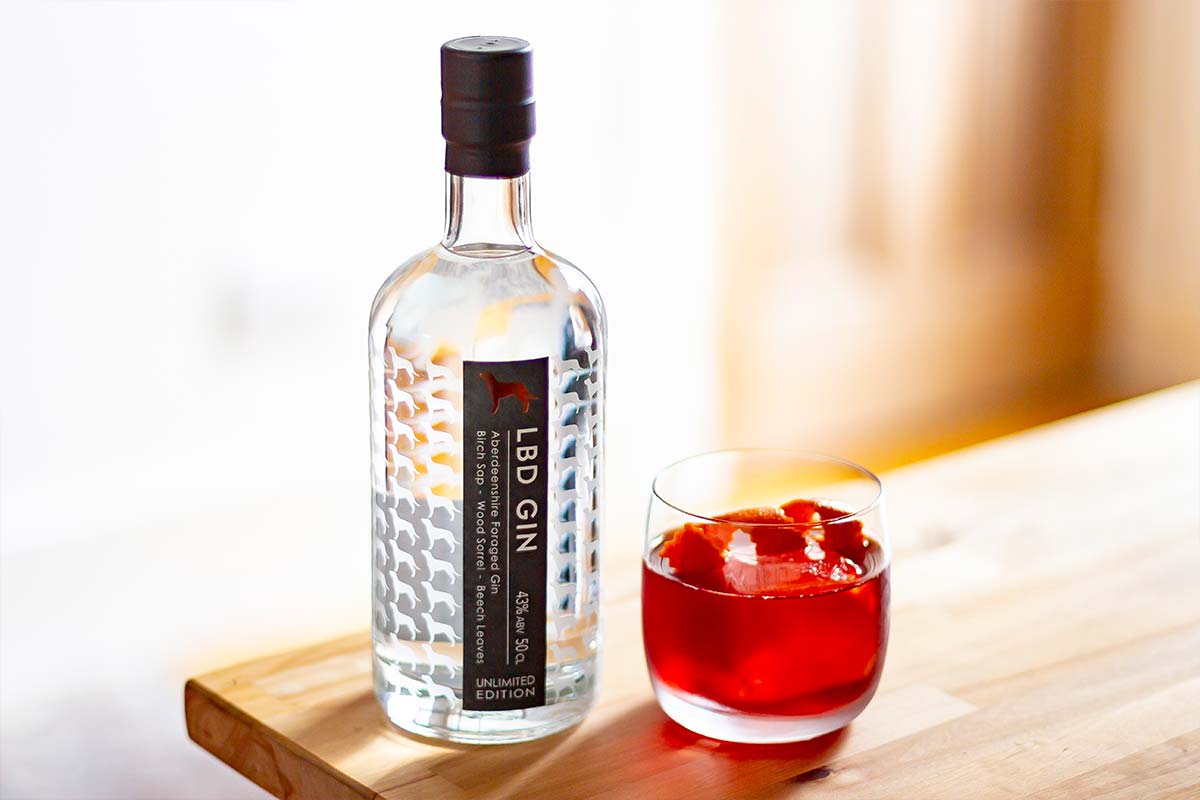
“Beech leaves are an important botanical for LBD, not just because of flavour profile but because of their significance in our short history. The very first gins we made in 2012/13 were beech leaf cold compounded gins. We used to give them to friends and family as wee gifts and people were often intrigued by our use of beech.
“You have to harvest the leaves very early in the season while they are soft, tender and freshly emerged. At this stage, they are a brilliant lime green colour but you have to be quick because if they mature too much, the tannins quickly increase and they become bitter. Picked at the right time, you get a fresh, lemony sweetness from them. Different trees come into leaf across the farm at different rates over a few weeks so if we miss one tree we can get the next. It’s not a big window though, so as soon as we start to see the area green up, we start planning to collect the leaves. If we’re distilling in Spring, the leaves are used fresh straight away, otherwise they are frozen for use later in the season.
“We first distilled with beech leaves when we developed our single botanical distillate library as part of the development phase of projectGPS. It was one of our favourite botanicals from the project and the flavours transferred well across the still. We get the fresh lemon notes but with a little extra sherbet. When it became time to finalise a recipe for LBD GIN, we were keen that beech leaves would play a role, although at a lower inclusion rate than in project GPS, as we found reducing them slightly improved the overall balance of the spirit. We use the beech leaves in the modified botanical basket, rather than in the wash as this better preserves their more delicate character.”
Andrew Smith, Little Brown Dog Spirits Spirits
Learn more about Little Brown Dog Spirits here.
Carrageen Seaweed – Barra Atlantic Gin
Sometimes referred to as Irish Moss, Carrageen Seaweed can be found along the rocky Atlantic coasts and estuaries of Europe and North America. The species takes its name Carrageen from the Irish word meaning ‘little rock’, the natural habitat on the coastline where Carrageen Seaweed can be found clinging to the rocky coastline. Carrageen Seaweed is in fact a species of red algae, rich in omega-3 fatty acids and natural gelatine, with extracts used in a number of goods including dairy, bakery and cosmetics.
The algae grows out in a fan shape from its steadfast position on the rocky coastline, normally growing to about 20cm in length with bright red fronds. Carrageen Seaweed has been traced back to medicinal use in the 15th century, where it was used as a food source and to cure ailments.
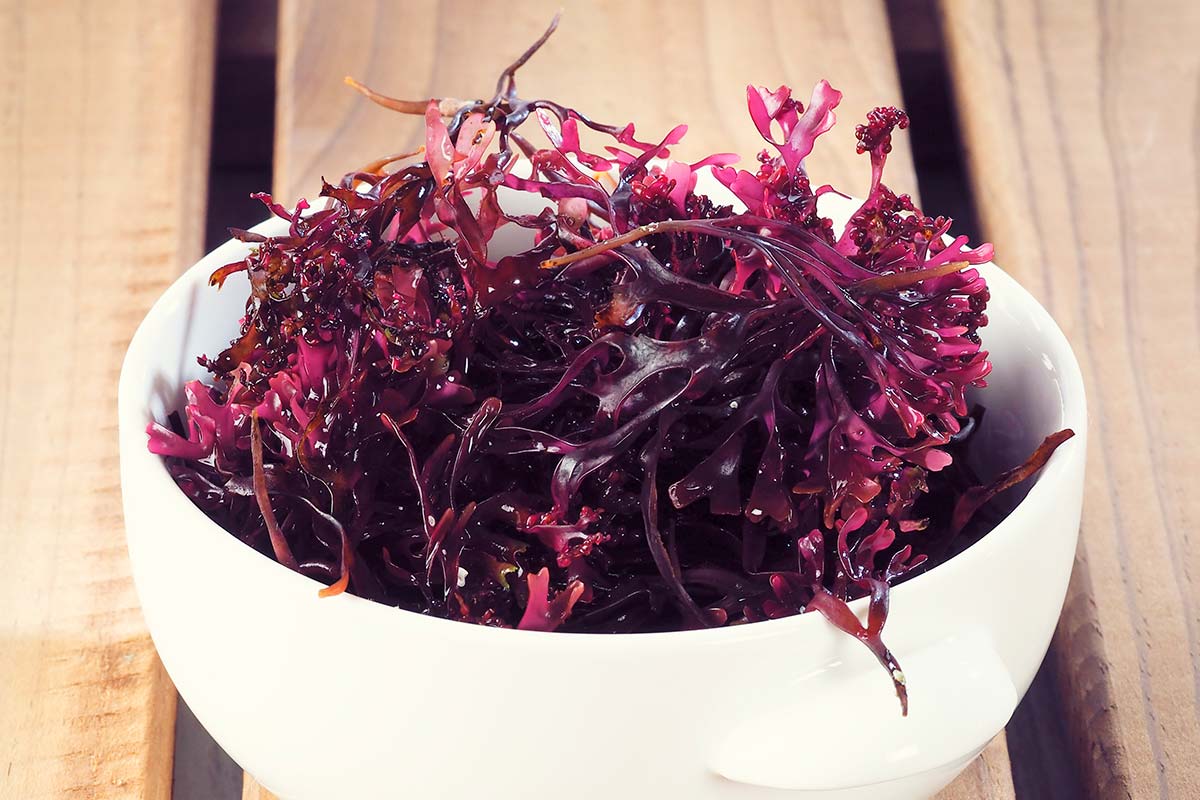

“Created with 17 carefully selected botanicals, it is the Carrageen Seaweed that makes our gin stand out. Each piece of our key botanical is hand-picked from the shores that surround our island home, creating a bold flavour, rich in maritime notes.
“Carrageen seaweed was not only chosen as our key botanical for its flavour and origin to the Isle of Barra, it also contains a story close to our owner’s heart. Carrageen seaweed is rich in anti-oxidants and minerals and was often used decades ago as a hearty dessert ingredient – Carrageen Pudding. Michael explains, ‘The inspiration behind our key botanical, Carrageen Seaweed, was from a pudding my mum used to make if we were sick when we were young boys. The Carrageen is a natural gelatine so she used to boil some of the Carrageen along with milk, strain out the carrageen once boiled and then left it to cool, it would set almost like a jelly or panna cotta. This was the reason we wanted to include this very type of seaweed.’
“The Carrageen seaweed provides a bold, maritime flavour, with a huge, menthol lean and a pinch of salty air. Juniper dominates proceedings, we’re pleased to report. It’s dry and rich, flanked by the Carrageen and strong enough to paint the air a rich, herbal green. A spice nip kicks in, but liquorice root starts to weigh the tongue down towards the end of the sip, adding a sweet viscosity that makes us think of salt water taffy. It makes for a great G&T but Martini-heads should definitely make a move for a bottle. Refreshing and clean, with a long, gratifyingly warm spice finish that opens out like the vast vista surrounding our beautifully remote home.
“The Carrageen, also known by its scientific name Chondrus Crispus, is a species of red algae native to the cool Atlantic waters skirting Europe’s rocky coastlines, including our beautiful Isle of Barra. Like many of the other seaweed varieties found on the Scottish coast, Carrageen is harvested after the spring tides, when the water is furthest from the shore. Once harvested, each piece of Carrageen seaweed is washed through with fresh water and then left outdoors for 5-6 weeks for the wind and sun to dry or ‘bleach’ as it is known on Barra. Once the Carrageen has dried and has changed colour to a light white/purple, it is then ready to be used to create our award-winning spirit, the Barra Atlantic Gin.”
Debbie MacMillan, Isle of Barra Distillers
Learn more about Isle of Barra Distillers here.


You can learn more about the many great Scottish Gins by visiting the links below.